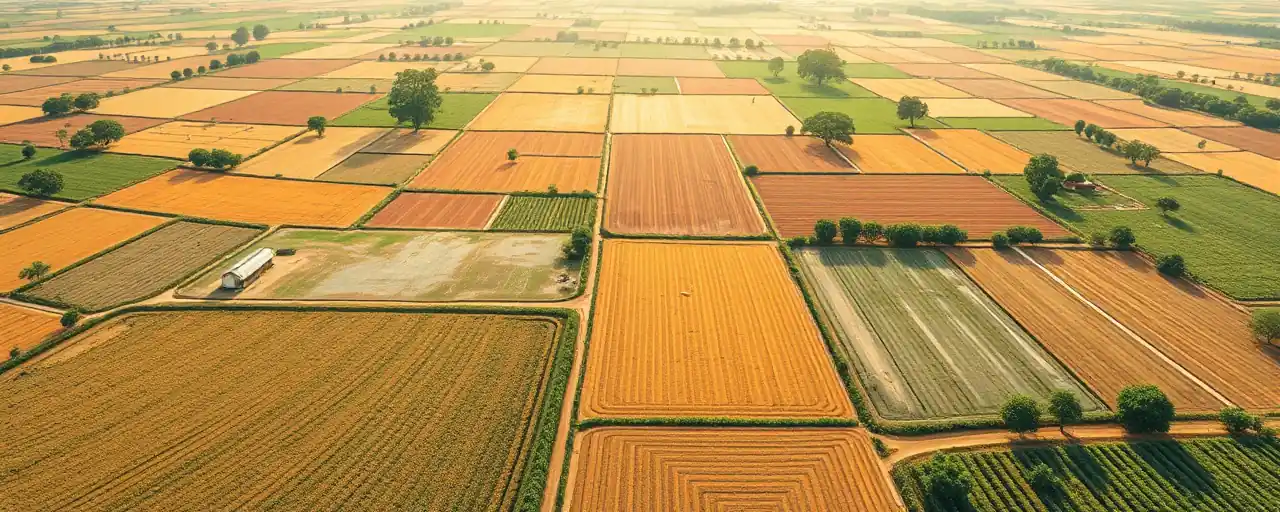A Weather Report, Not a Crystal Ball
The National Centers for Environmental Information just dropped their latest Regional Reports and Outlooks, and it’s a mixed bag that’s got everyone talking. Winter 2024 clocked in at 34.1°F across the contiguous U.S., nearly 2°F above average, with the Southwest baking more than most. Now, they’re predicting a spring 2025 that’ll keep the heat on, especially down south and out east, while the western U.S. braces for another dry spell. It’s the kind of data that makes you sit up and pay attention, not because it’s shocking, but because it’s real, tangible, and hits where it counts: our farms, our water, our wallets.
Here’s the rub: this isn’t some apocalyptic prophecy. It’s a weather recap and a forecast, grounded in numbers, not hysteria. Yet, you can bet the climate evangelists will spin it into their tired end-of-days sermon. They’ll cry ‘crisis’ over every warm day and dry patch, ignoring the bigger picture. America’s heartland doesn’t need more hand-wringing from coastal elites; it needs grit, ingenuity, and a clear-eyed look at what’s actually happening. This report isn’t a death knell, it’s a call to action, and we’d be fools to let the alarmists drown out the signal with their noise.
The Southwest’s Hot Reality Check
Take the Southwest, where winter temperatures soared and precipitation tanked, leaving Arizona and New Mexico with their second-driest season ever. Farmers and ranchers are feeling the squeeze, no question. Evaporation’s up, snowpack’s down, and crops like corn and soybeans are taking a hit. The ongoing megadrought, now stretching years, has reservoirs in central Texas below half capacity. Spring’s outlook isn’t much rosier, with NOAA pegging higher odds for below-normal rain across the West. It’s tough, gritty stuff, the kind of challenge that tests a region’s backbone.
But let’s not kid ourselves: this isn’t new. The Southwest has weathered dry spells before, from the medieval droughts of the 12th century to the dust bowls of the ’30s. What’s different now isn’t the weather, it’s the whining. Advocates for drastic climate overhauls want us to believe this is all man-made, a punishment for our SUVs and power plants. History says otherwise. Natural variability has always swung the pendulum, and today’s warmer winters fit that pattern. Sure, carbon emissions play a role, but pinning every hot day on human greed is lazy science. The real story here is resilience, not ruin.
Farmers vs. Fearmongers
Zoom out to the Great Plains, where spring’s dicey precipitation forecast spells more headaches for agriculture. Too little rain, and livestock graze on dust; too much, too fast, and you’ve got floods tearing through like they did in 2015, wrecking towns and bases alike. The Ogallala Aquifer’s been bleeding dry for decades, and spotty spring rains won’t refill it. Ranchers are hauling feed at sky-high prices, and indigenous communities tied to the land are scrambling. It’s a brutal setup, no denying it, and it’s got real dollars-and-cents stakes.
Yet, here come the fearmongers, waving NOAA’s report like a red flag, screaming about climate chaos. Their fix? More regulations, higher taxes, and a green-energy pipe dream that leaves rural America in the lurch. Contrast that with what works: irrigation upgrades, heat-resistant crops, and local water management that doesn’t bow to D.C. bureaucrats. Back in 2011, Texas lost billions to drought, but it was practical adaptation, not global treaties, that kept farms afloat. The data backs this up; NOAA’s own temperature forecasts have decent skill, while their precipitation guesses often flop. Why bet the farm on shaky predictions when we can build smarter now?
Cutting Through the Climate Clutter
NOAA’s not perfect, and they’d admit it if you pressed them. Their seasonal outlooks are probabilities, not gospel, with temperature calls hitting the mark more often than precipitation ones. Winter 2021-22 scored a modest 21 on accuracy for heat, but just 13 for rain. Sudden curveballs, like a polar vortex, can throw it all off. That’s not a knock on them; it’s just reality. Point is, this spring’s hot-and-dry forecast for the South and West isn’t a lock, it’s a heads-up. Smart policy leans on that uncertainty, not some utopian crusade to rewind the clock.
Opponents will say we’re burying our heads, denying the science. Wrong. We see the science, we just don’t swallow the hype. Climate’s changing, always has, and spring temps creeping up 2°F since 1896 prove it. But turning that into a federal power grab or a guilt trip on working families? That’s where they lose us. The Southwest’s not drowning in despair; it’s innovating through it. Farmers aren’t begging for handouts; they’re rigging drip lines and crossbreeding seeds. That’s the American way, and it beats the daylights out of sobbing over every weather report.
Time to Act, Not Panic
So where does this leave us? With a spring 2025 that’s shaping up hot and parched in key spots, and a nation that’s got the tools to handle it. The NCEI report lays it bare: above-average temps from Florida to the southern Plains, dry conditions from the Four Corners to the High Plains. Alaska’s got its own split forecast, wet up north, dry down south. It’s a puzzle, sure, but it’s one we’ve solved before. Look at the Pick-Sloan Plan, taming rivers for power and irrigation, or the Dust Bowl survivors who turned barren fields into breadbaskets. We don’t fold; we fight.
The choice is stark. We can let the climate chorus dictate terms, piling on rules that choke small towns and spike energy bills, or we can double down on what’s proven: local know-how, market-driven fixes, and a refusal to let Washington call the shots. President Trump’s back in the saddle, and his track record says he’ll back the doers over the doubters. This isn’t about denying change; it’s about owning it, American-style. The NCEI’s data is a roadmap, not a ransom note. Let’s use it to build, not to grovel.
